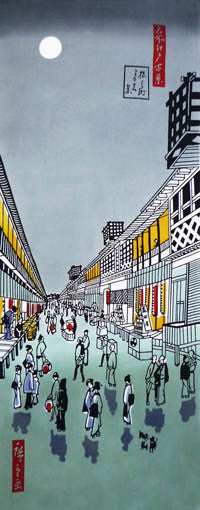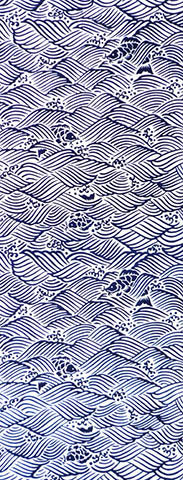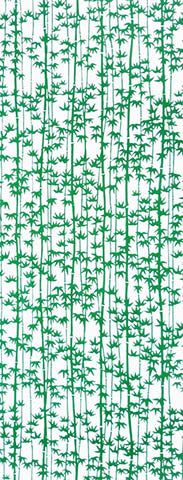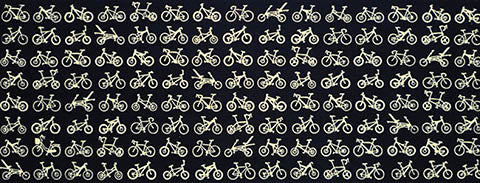-
Saruwakacho
Meisho Edo Hakkei (One Hundred Famous View of Edo) is a series of ukiyo-e prints begun and largely completed by the Japanese artist Hiroshige (1797–1858). The design of this tenugui is a copy of the Saruwakacho in this series, depicting a wide Saruwakacho area (present-day Ginza, Chuo-ward in Tokyo).
Tenugui have their roots deep in Japanese history. Originally used as part of decorative fashion, tenugui later became part of daily life, being used around households and as general purpose cloths. Over time, the style, color, and even dying process has developed into what it is today. These pieces of cloth are hand dyed, using natural dyes. They should be washed in cold water with no detergent separately from other items. Over time, the color of these will fade a bit. This is something that Japanese people love about tenugui. These fun and artistic "pieces of dyed cotton cloth" can be used for anything from wiping off your hands or knife, to wrapping up your knives for storage. They even make good bandannas. *Wash in cold water separate from other items. Hang to air dry. Color will fade a bit over time. The edges are unfinished and will tend to unravel for about 3-5mm. Don't pull loose threads (use scissors to cut them if they are a nuisance).
-
-
37cm x 90cm




